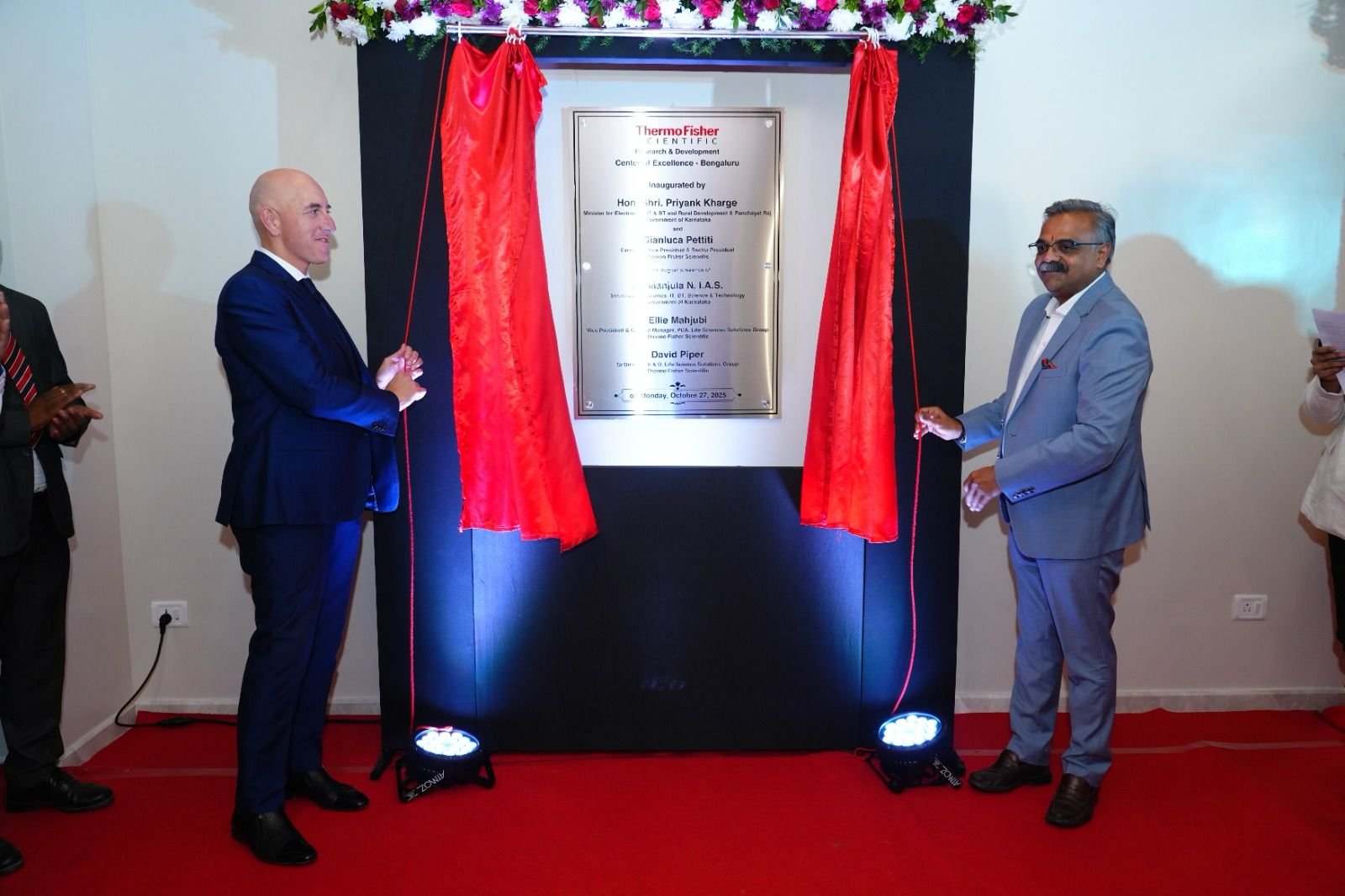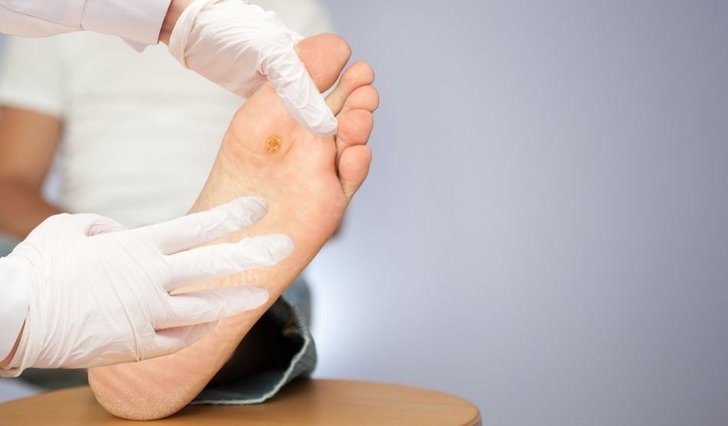On Death Bed
September 10, 2008 | Wednesday | News
Apathetic regulators run the industry to the ground
Apathetic regulators run the industry to the ground
On Death Bed
India's globally acclaimed vaccine industry is
gasping for its breath.
The Biospectrum Industry Forum was a platform to voice the predicament of
the vaccine industry and look at the emerging opportunities in the biopharma
space.
Myriad developments are now taking place in the biotech
industry both for the good and for the bad. To get down to facts and statistics,
the biotech industry as estimated by the Biospectrum-ABLE survey 2008, stood at
$2.5 billion in 2007-08 with the appreciation in the rupee being a blow to the
industry. Coupled with this is the latest threat to vaccine manufacturers in the
face of WHO (World Health Organization) giving an ultimatum of October 2008 to
the Indian regulators (the Drug Controller General of India and its accredited
testing institution in Kasauli, Himachal Pradesh) to revamp the regulatory
system failing which, they will be forced to derecognize the National Regulatory
Authority (NRA), represented by these two organizations. This has come in the
event of three public units being shut down resulting in many applications put
on hold. In a country, where only 10 percent of the children are vaccinated,
this can snowball into a serious issue. The other side of the picture for India
is the biopharma space, which holds a lot of promise in the future.
Keeping these two key issues in mind, Biospectrum hosted an
industry forum in Mumbai with the sole purpose of getting collective views of
the vaccine and biopharma players and bringing out the opportunities and
challenges that lie therein. While Bio-Rad Laboratories was the principal
sponsor for the event, the UK Trade & Investment was the support sponsor.
The event was divided into two panel discussions. While the first panel
discussion deliberated on the issues related to the Indian vaccine industry, the
second panel session ruminated on the potential markets as well as the
challenges facing the biopharma industry. Giving context to the forum, N Suresh,
Group Editor of BioSpectrum said, "The industry forum was an exercise to
highlight the biotech industry's concerns to the regulators and policy makers.
We hope to draw the attention of the Government on the issues concerning the
vaccine players."
Discussion 1: Issues
Facing the Vaccine Industry
|
The first panel discussion with Biospectrum editor, N Suresh
as the moderator, consisted some of the prominent names from the vaccine
industry--Dr Cyrus Poonawalla, Chairman, Serum Institute of India, Pune, Dr
Krishna M Ella, CMD, Bharat Biotech, Hyderabad, KV Balasubramanium, MD, Indian
Immunologicals, Hyderabad, Dr Masood Alam, CEO, Chiron Panacea Vaccine and
Country Head of Novartis, Mumbai and Dr Arvind Lali, Professor, UICT, Mumbai.
The deliberation that followed was three dimensional in the
sense that the view points of all the three segments--the public sector, MNCs
and the Indian companies were sought.
Tracing the genesis of the problem, Dr Poonawalla said,
"About 18 months ago, we were first given the indication that the WHO was
extremely disturbed at the state of affairs in India, especially the NRA. Some
public sector (PSU) vaccines companies were shut down as their facilities were
extremely pathetic. The PSU facilities are pathetic, there is no accountability,
their GMP has been 30-40 years old and above all there is no money for
renovation. The issue here is that if no concrete steps are taken then WHO would
derecognize the NRA of India which would have a global impact for Indian vaccine
manufacturers and naturally for some of the private companies their livelihood
will be threatened. The second issue was the functioning of the NRA--their
surveillance, licensing issue policies and clinical trails were questioned.
Hence WHO will now send a Canadian team that would guide NRA and lay down the
rules which it must follow and if the WHO is satisfied that the NRA has good
technical staff and its house is in order then only will it withdraw the
temporary stay on new licensing of vaccines from India."
"The WHO is concerned more about how a product was made
right from the beginning and the checks that went on it rather than the final
product and that was totally lacking especially in the public sectors who have
not upgraded their facilities in the last 40 years. They became sick units and
the same can happen to private companies who are forced to supply at these
prices."
While Dr KV Balasubramanium agreed to the point, he brought
to light another basic problem, about the very structure of the regulatory
framework, "There is no independence of the NRA which reports to the
Ministry of health. There are also a multitude of agencies for vaccine players.
So there is no independent regulatory authority as such in the country."
Dr Alam said, "Here the gatekeeper himself is questioned
and unless these regulatory issues are resolved, we cannot move forward and
regulators must move in an accelerated way to solve these issues. We have the
technology but no good testing labs." The complexity was in been
accountable to multiple regulations and agencies.
Dr Ella gave a different perspective, "There are pricing
complications. Today the price of a vaccine is lower than a bottle of mineral
water and if we do not have funds where do we have the resources. In India we
work in a pressure cooker like environment."
At this hour, innovation and a decent pricing model system is
needed. Dr Lali said, "We have to build vaccines at a decent price and
building processes which are far more innovative today--innovations both at the
molecular engineering level and process engineering level and education can
bring about innovation for which there is no interest."
The clamor by panelists hence was the formation of an
association for all the vaccine players. This association would be independent,
they would check and inspect facilities to maintain high quality standards,
cross certify and maybe in the future come out with an accreditation. Also the
independence of the NRA is the need of the hour while the issue of pricing could
be sorted out only when the industry becomes aware about the economics of the
segment and for that again an association of vaccine players was of crucial
importance.
Dr Poonawalla condemned the lack of political will in the country to increase
the immunization levels of India's poor people. He highlighted the coverage of
vaccination in India was much less than that in many African countries and even
Bangladesh. "Resources are not an issue for the country. It is the utter
lack of commitment to ensure the health of the nation, " he lamented.
Discussion 2: Biopharma
Potential and Challenges
|
With Dr Shrikumar Suryanarayan, Director General, ABLE as the
moderator, this session explored the issues relating to entering new markets,
particularly the biopharma market, in depth and plan for the future. Panelists
for this session included Dr Niranjan Kumar, Senior Vice President, Wockhardt
Biotech, Auragabad, Brad Crutchfield, Global Vice President, Life Science
Business Bio-Rad Laboratories, Hercules, California, Dr Arvind Lali, Professor,
UICT, Mumbai, Ramani Aiyer, Chief Scientific Officer, Actis Biologics, Mumbai,
Chirag Mehta, Head Strategy and R&D, Intas Biopharmaceuticals, Ahmedabad and
Dr KG Rajendran, Head, Knowledge Cell, USV, Mumbai.
The session focused on the importance of innovation and how
to bring alive innovation and its relevance. Above that innovation could only be
brought about through bright leaders who could change the mindset of the
Government. The panelists were unanimous that the element of entrepreneurship
was much needed in the industry. Said Crutchfield, "India has a competitive
edge over China but at the same time it needs to be innovative. Even if you have
innovation you need to employ people who are employable, polish the education
system here to drive programs to encourage people to join life sciences. Biotech
in the future will affect everything that is around." Aiyer agreed to the
fact that the pipeline for talent was not there in universities and colleges.
"People might know how to handle an HPLC but they should be innovative
enough to see that what is the next step."
At this hour, lack of competency was a major problem facing
the biopharma sector and as Dr Kumar put it, "Lack of competency arises
from the fact that people are given work but not given the time and leadership
driving them is also lacking." This is coupled with acute lack of
infrastructure. "Dr Rajendran said, "Students have not seen basic
infrastructure when they were in college and when they come to the industry they
do not understand the dynamics." Dr Kumar too voiced the same opinion where
he mentioned, "The Government invites us to start off with projects but
then ultimately we have to go through a lot of problems like for example they
cut off our water supplies and for a biopharma companies water is needed 24x7.
Systems are also not in place." In this situation there is a major
disconnect between the kind of research conducted by universities and what the
industry actually needs.
With biosimilars being the buzz, the billion dollar question
is "Can India pull it through and can it cash on to the opportunity
considering its aversion to risks?" To which Mehta while laying out a
business model said, "We have to be innovative but here innovation means
that we need to be a little structured in terms of letting go of things which in
turn will make you think new innovative ideas. We have to be business oriented.
As far as regulations in biosimilars are concerned we are just 70 percent there.
We do not have commercial expertise; we are just good at academics." Also
Indian biopharma companies lacked a good distribution network. India at the same
time has an edge even over China because biosimilars unlike generics has a huge
timeline and hence for those companies wishing to make quick profits,
biosimilars is not the ideal route. So there are three business models--one is a
product oriented model where you have a biosimilar product and sell it outside
and then we have an innovation-incubation model where we bring in innovation
from outside and the third is the CRAMS space.
At this point, the industry opined the panelists, is young,
and it needs a holding hand like the Government who has all the funds. The
problem here is not the lack of money but the lack of spending money and lack of
awareness about costs and hence the whole exercise for the industry now is to
change the mindset of the Indian Government given the immense potential India
has as a biopharma destination.
Nayantara Som
Note: A detailed report on the two issues will be published
in the subsequent issues of BioSpectrum.








